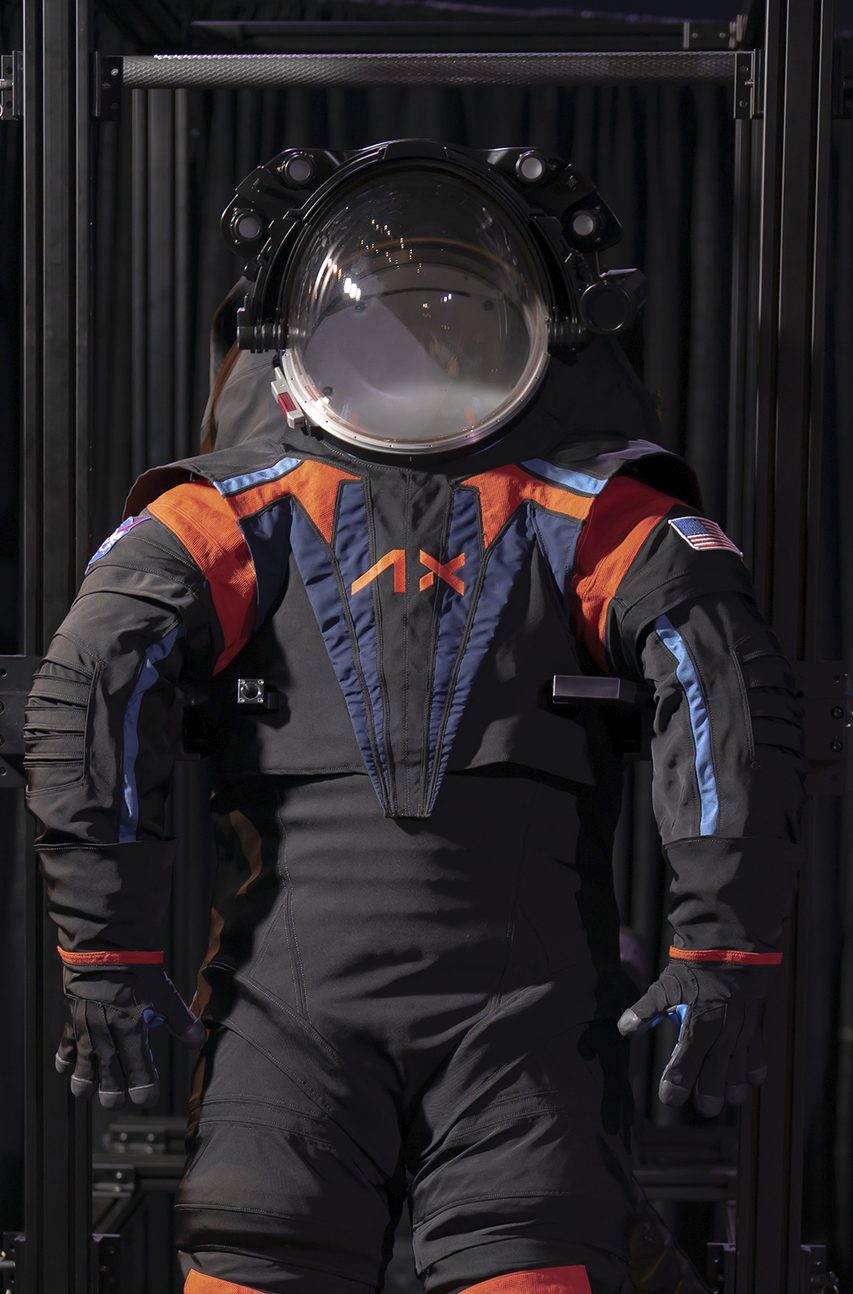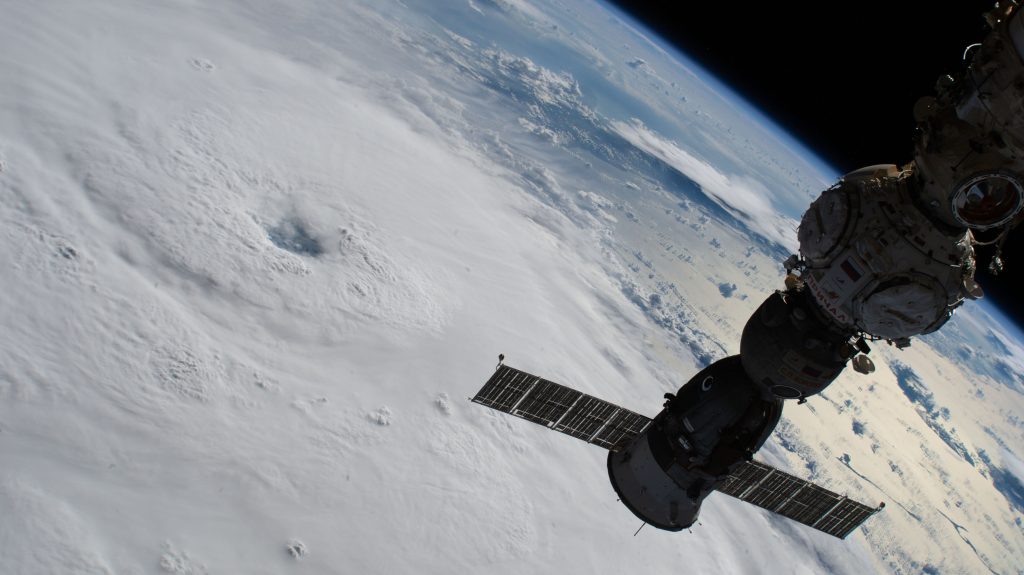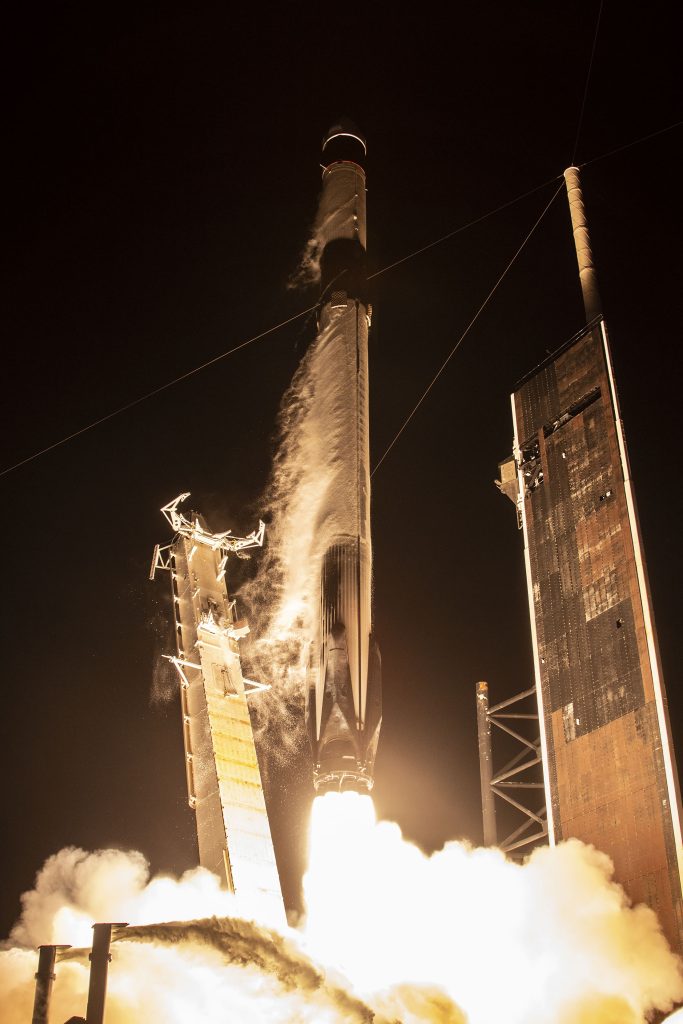Welcome back to Spaceflight Insight: your weekly dose of digestible space news.

NASA brings our first piece of space news. On Mar. 15th NASA and a commercial partner, Axiom Space, revealed the next generation Artemis space suit that will be on the Artemis III mission that will return astronauts to the surface of the moon
Since the 1970’s space suit technology has improved to increase mobility and safety. With Artemis’s goal of long term human habitation new and improved space suits are needed to ensure that astronauts can comfortably work in the lunar environment.
During the reveal, Axiom covered parts of the space suit in a covering to hide their proprietary movement technology. During the Artemis missions these suits will not have the coverings. NASA hopes to complete the Artemis III mission by December of 2025.
Another story from NASA reveals new groundbreaking information about one of the most terrifying planets in our solar system, Venus.
Venus is a scary planet. An atmosphere of sulfuric acid, temperatures that can melt steel, and its rough, unforgiving terrain mean that missions to the planet’s surface have been few and far between.
Most of these missions transmit a few grainy photos from the surface and then soon after loose contact due to the harsh environment. This is why most missions remain in orbit around the planet. One of these probes, Magellan, took many photos and radar readings of the planet in 1991.
After a research professor at the University of Alaska Fairbanks Geophysical Institute, Robert Herrick, looked over the data he noticed something scientists had not spotted before. In two separate photos of the same area months apart, a small mound changes shape.

This suggests that Venus is still volcanically active. With 80% of its surface covered in what looks like volcanic rock, it was no question that Venus was once active, but this has been the first piece of evidence to show that the harsh planet is still active.
Next up, the Russian space agency ROSCOSMOS announced on Mar 15th that they tested the thermal protection system of the Soyuz spacecraft that is currently docked to the ISS to see if it is still usable after a coolant leak left the spacecraft overheating.

The testing was a grueling 5 hours for two cosmonauts on the station. While the test was completed the results of the testing have not been fully analyzed and released. With recent Russian spacecraft docking with the ISS failing, investigations of the causes of these incidents are ongoing.

Finally on Mar 14th SpaceX launched their Crew Resupply 27 mission that sent an unmanned Dragon 2 spacecraft to the International Space Station.
These supply missions send up important experiments, new food supplies, future space suits, and even specialty treats such as fresh fruit and ice cream.
This mission also had a United States Space Force payload that will be attached to the outside of the space station by the Canadian Cannadarm 2
After the launch, the first stage successfully landed on the autonomous spaceport drone ship “A Shortfall Of Gravitas” located in the Atlantic Ocean. It will be brought back to Cape Canaveral and after a refurbishment period the rocket will be able to launch another payload and the process will be repeated again.
I hope to make these digestible bits of spaceflight news better, so If you have any aerospace questions or some feedback, don’t hesitate to let me know. Contact me at codyeutsler@gmail.com.
As always, fly safe.




